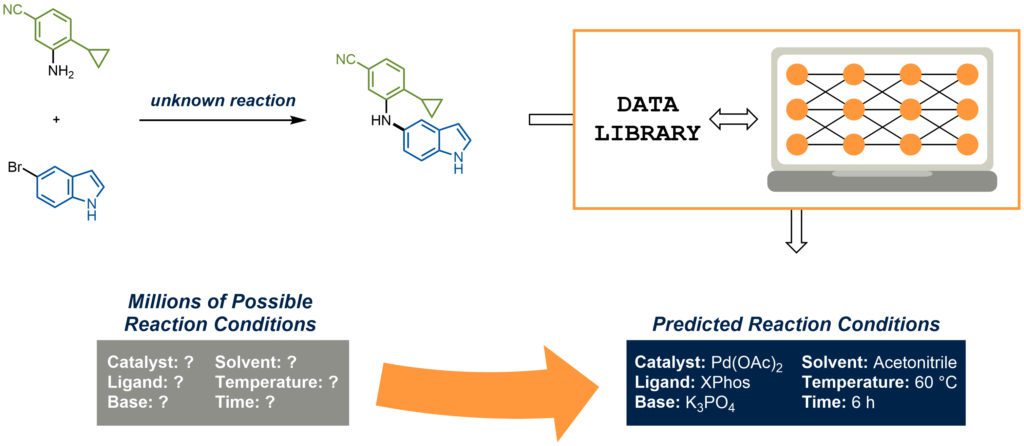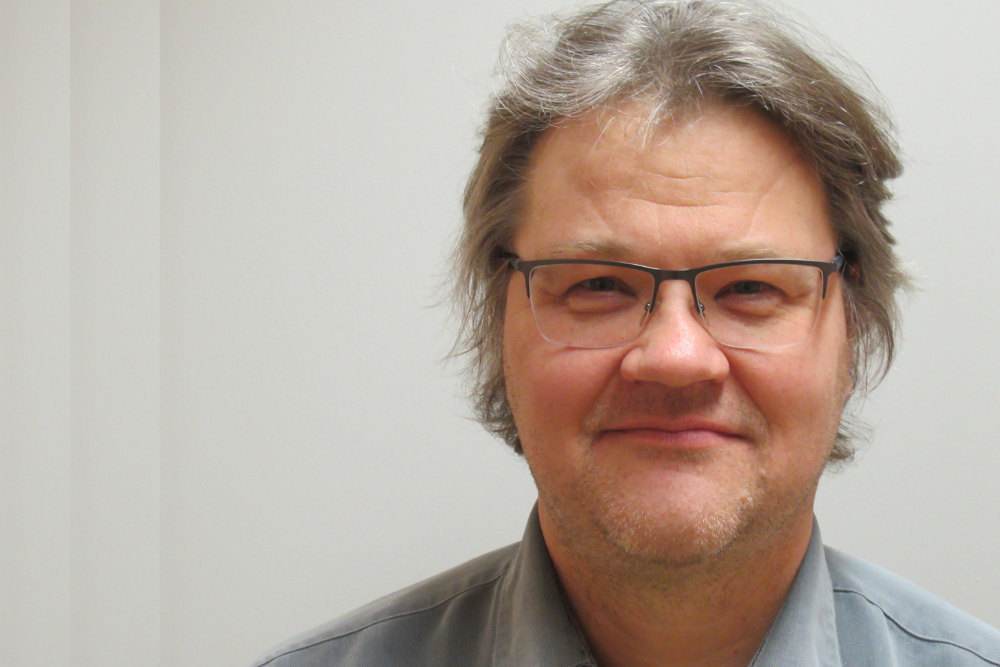
Project title: Optimizing synthesis of pharmaceuticals by machine learning
Approved funding: 222 000 €
Applicant: University of Helsinki (Jari Yli-Kauhaluoma)
Industrial partner: Orion Corporation, Orion Pharma
Industrial supervisor: Toni Metsänen, vanhempi tutkija, Orion
The coronavirus vaccine brought home to many people just how much the efficiency of pharmaceutical product development can be improved if scientists work more closely with pharmaceutical companies. The University of Helsinki and Orion have launched a joint project to develop a databank that uses AI and machine learning algorithms and that will greatly speed up the work of chemists.
Pharmaceutical drug development is a slow process. From the initial idea, it takes at least 10–12 years to get the final product on the shelf. There are several reasons for this, starting from the slow funding mechanisms for pharmaceutical research and the expertise required by synthesis technology to complex pharmaceutical licensing procedures. A joint research venture between Orion Pharma and the University of Helsinki is now focused on speeding up one crucial stage in this process: laboratory studies on chemical synthesis reactions. To this end, the team have turned to AI and machine learning.
The development of a new pharmaceutical substance can require the production of thousands of new chemical compounds. Each and every one of them has to be manufactured separately using a new synthesis route, or cluster of chemical reactions. Each reaction has its own reagents, catalysts, solvents, temperatures and volumes. Given the large number of variables, there are also countless potential outcomes.
“Research into chemical reactions today relies largely on the professional expertise and experience of chemists,” says Toni Metsänen, senior researcher at Orion. “Chemists are inclined to use the synthesis routes that they’re already familiar with. This gives greater certainty of a successful outcome and ensures high efficiency,” he continues. Without prior knowledge of the reactions, the alternative is to turn to the literature and earlier research. But that is a slow route.
The project between the University of Helsinki and Orion is aimed at digitalizing the tacit knowledge possessed by chemists and the body of extant research and on this basis to create a rich reaction database that provides immediate access to critical information.
With reaction data readily available, optimization of a certain synthesis route will happen far more quickly – which in turn will translate into greater efficiency in the development of new pharmaceutical substances. Chemists can put more of their effort into work that counts the most and minimize loss of time.
Artificial intelligence plays a key role in medical development in all pharmaceutical companies. “Companies will typically aim to optimize a certain synthesis route so that it’s as quick and easy as possible for them to produce tonnes of a certain medicinal substance.
In this research project we’re taking a somewhat wider view on what AI can offer and trying to find answers to completely new chemical reactions,” Metsänen explains. In other words, AI could predict what is going to happen when a certain previously used reagent is replaced by a new one or when there are changes to some other part of the synthesis route.
Toni Metsänen says the ongoing project is highly significant because it involves three different university departments: chemistry, pharmacy and computer science. What is more, the team have two full years to concentrate on their research, a rare opportunity indeed for anyone working in industry. “We will also be gaining access to special expertise in AI that would be very hard for us to develop within the company.”
Apart from the professors working on the project, the team includes a postdoc researcher and a Master’s student. Both of them will accumulate great expertise in the project that will be in high demand in the future. “Chemists of the future will need to know how to make use of machine learning in support of the work that is done in the lab,” Metsänen says.
The project has now moved on to a phase where a significant amount of existing data has been uploaded into the software and tested. The project’s basic idea is up and running, but Metsänen is keen to stress the importance of speed: the aim is to be able to access the information required in a matter of seconds. “We don’t want to develop a separate software suite but a tool that can be adopted as part of chemists’ existing toolbox. The value of the end result will be measured in terms of ease of use.”

AI helps the chemist to discover the most appropriate conditions for chemical reactions.



